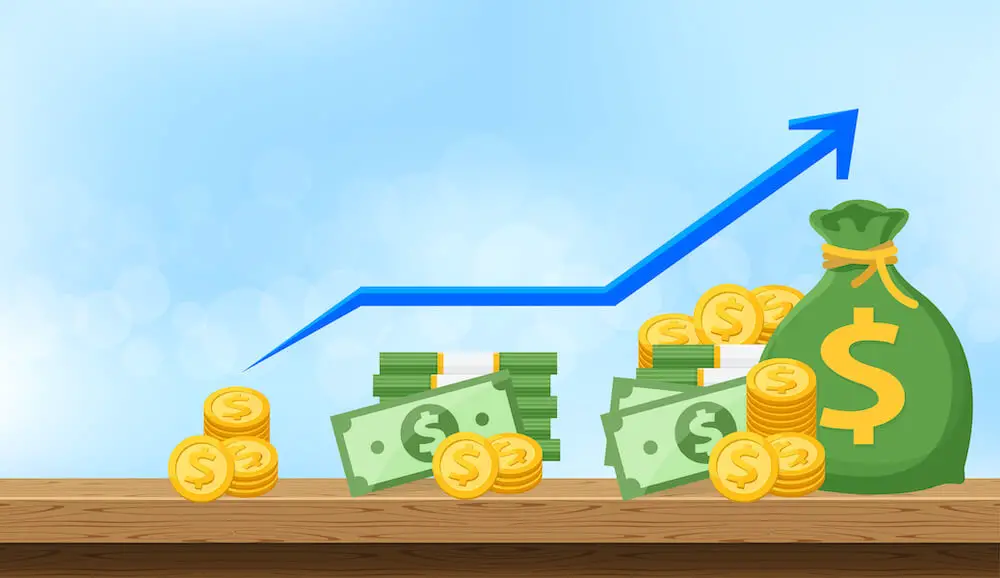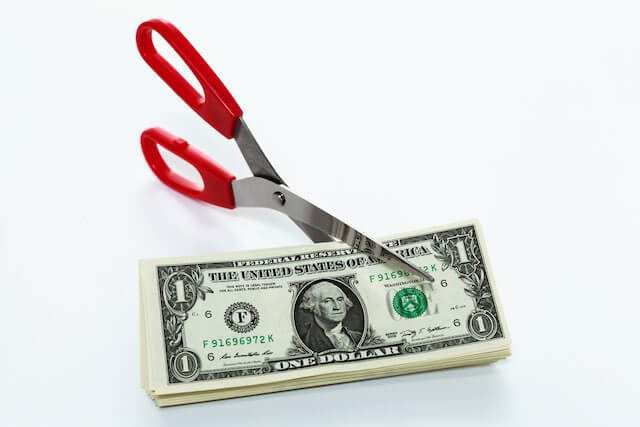Table of Contents
- Inflation and a Higher Federal Pay Raise
- 53 Years of Federal Pay Raise History: Republicans 4.05%, Democrats 3.41%
- Presidents Providing the Highest and Lowest Federal Pay Raise
- Summary
Politics and the Annual Federal Pay Raise
Regardless of whether the current president is a Republican or Democrat or whether the raise is large or small (in the eyes of the recipient), some readers argue federal employees fare better under Democrats while others argue they fare better under Republicans.
Federal employee unions, which represent a large percentage of federal workers, generally provide strong support for Democrats running for office (and they also generally provide support after Democrats are in an elected office) with their publicity mechanism and financial support.
In other words, Democrats Good; Republicans Bad—at least from the perspective of federal employee unions and their publicity machines. Whether the image is accurate or not, political activism by the representatives of federal employees on behalf of one political party creates an impression of a federal workforce that supports Democrats and opposes Republicans.
But, as outlined below, the annual federal employee pay raise has generally been higher under Republicans.
In 2022, after another long process in the midst of a pandemic, federal employees ended up with an average pay raise (including locality pay) of 2.7% starting in January. Here are the locality pay tables for each locality pay area in 2022.
Inflation and an Annual Federal Pay Raise
Readers may argue about whether the federal workforce fares better under Democrats or Republicans. Often, the belief is founded on the personal experience of an individual and the impact an election has on an agency and its mission.
Receiving a promotion or a within-grade increase will result in a higher personal income but these actions often occur without regard to which party occupies the White House. Of course, the amount of an annual pay raise impacts all federal employees.
We are currently in a period of rising inflation. Many readers associate an increase in the cost of living as a reason for a bigger salary increase. There is a correlation but, generally, a federal pay raise will be less than the actual rate of inflation so the purchasing power of the dollars received will buy fewer goods and services. The annual pay raise is based on comparable salaries in a locality pay area more than on the annual rate of inflation or cost of living.
53 Years of Federal Pay Raise History: Republicans 4.05%, Democrats 3.41%
A review of the annual federal pay raise spanning more than 50 years covers a wide variety of economic and political situations involving both Democrats and Republicans. The data are objective and verifiable. The president in the office often makes the actual decision, or at least has a major influence on how large or small a federal pay raise will be in a given year.
The chart at the end of the article displays annual federal pay raises for 53 years. This time period spans six Republican administrations and four under Democrats (including the first year of the Biden administration). 32 years were under a Republican administration and 21 years were when a Democrat occupied the White House.
For this 53-year period, the federal workforce has had higher pay raises when a Republican administration was in power. Here is how it breaks out:
- The average federal pay raise per year: 3.59%
- Average federal pay raise under Republicans: 4.05%
- Average federal pay raise under Democrats: 3.41%
- Total of raises under a Republican: 123.10%
- Total of raises under a Democrat: 63.80%
- Highest annual federal pay raise: 9.10% (1980 under President Carter)
- Lowest annual federal pay raise: 0% (2 years under President Reagan and 3 years under President Obama)
Before leaping to a conclusion, keep in mind that the total increases are higher for Republicans in large part because Republicans have occupied the White House for 11 more years than Democrats during this time period.
Presidents Providing the Highest and Lowest Federal Pay Raise
When President Nixon was in office, federal employees received the highest average pay raise per year. During the Nixon administration, the average yearly pay raise was 6.64%. In fact, the total federal pay raise during the five years of the Nixon administration was 33.20%.
While other presidents served more years in office, no other president provided total raises as high as federal employees enjoyed under President Nixon.
The second-highest average was under President Carter. During President Carter’s time in office, federal employees received an average increase of 6.60%. President Carter was in office for four years. Federal employee annual raises under his administration totaled 26.40%.
The administration with the record for the lowest yearly pay raise was President Obama. The average pay raise for the eight years he was in office was 0.96%. As President Obama was in office for eight years, the low raises (including three years of no raise and two years of a 1% annual raise) were a major contributor to the overall low results for the annual raise under Democrats.
The second-lowest administration for average yearly pay raises was President Reagan (2.58%). He was also in office for eight years. Under his administration, the average per year was 2.58% and an administration total of 20.60%. There were two years without any federal employee raise during the Reagan years.
Federal employees can reasonably anticipate a larger pay raise in 2023 under the Biden administration. Inflation is starting to soar again and, as happened under President Carter, higher inflation has an impact on salaries.
As a result of what has happened during the first year of the Biden administration, it appears inflation is again taking root and may continue for a while. So, while the raise in 2023 may be higher, the higher raise will be awarded many months after inflation has been eating away at the purchasing power of the higher salaries being paid.
Summary
The political views of an individual may influence the perspective of a person. That being the case, many readers may automatically assume Democrats will provide a higher federal pay raise than a Republican.
The most recent 53 years of data do not support that conclusion.
Inflation and the strength of the American economy play a role in the amount of any federal pay raise. Under President Nixon, the inflation rate ranged between a low of 3.3% (1971) and a high of 12.3% (1974). Under President Obama, inflation ranged between a high of 3% (2011) and a low of 0.7% (2015). Under President Carter, inflation reached a high of 13.55%. In 1980, the annual federal pay raise was 9.10%.
In 1945, the federal pay raise was 15.9%. That sounds good, but it was the end of World War II and no one wants the upheaval of that era that led to such a large raise.
While inflation is going up, we do not know how much or how long it will go up, when inflation will retreat, or the impact of a growing inflation rate on the next annual federal pay raise. Chances are the 2023 raise will be higher than the 2.7% average in 2022. It is unlikely to go as high as the 9.10% pay raise in 1980.





